Regularly rebooting your Windows VPS can improve performance and apply necessary updates. Here's a step-by-step guide to scheduling automatic reboots using Task Scheduler in your Windows VPS.
Step 1: Access Task Scheduler
1. Open Task Scheduler: Press `Win + R` to open the Run dialog box.
2. Type `taskschd.msc` and press Enter. This will launch Task Scheduler, which is used to manage automated tasks on your system.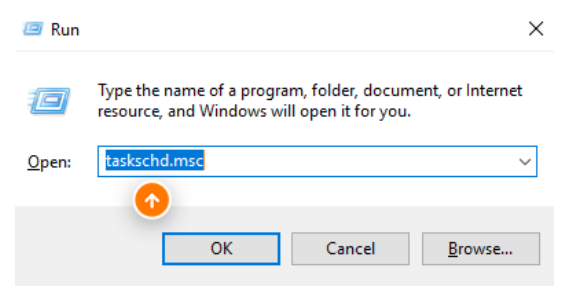
Step 2: Create a New Task
1. Create a Task Folder: In Task Scheduler, right-click on the Task Scheduler Library and select New Folder.
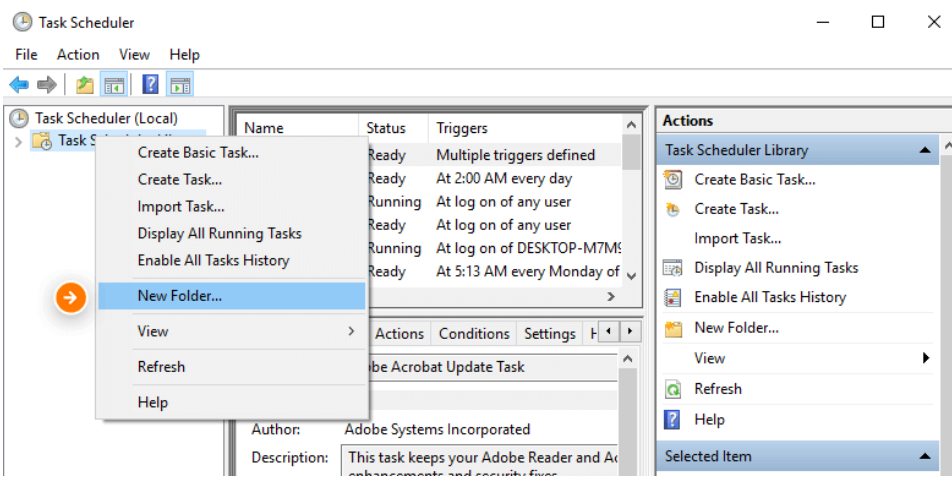
2. Name the Folder: Give it a descriptive name like "Scheduled Reboots" and click OK.
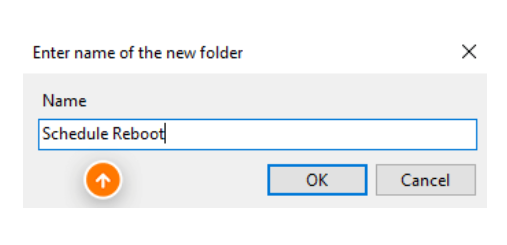
3. Set Up the Task: Right-click on the newly created Scheduled Reboots folder, then select Create Basic Task.
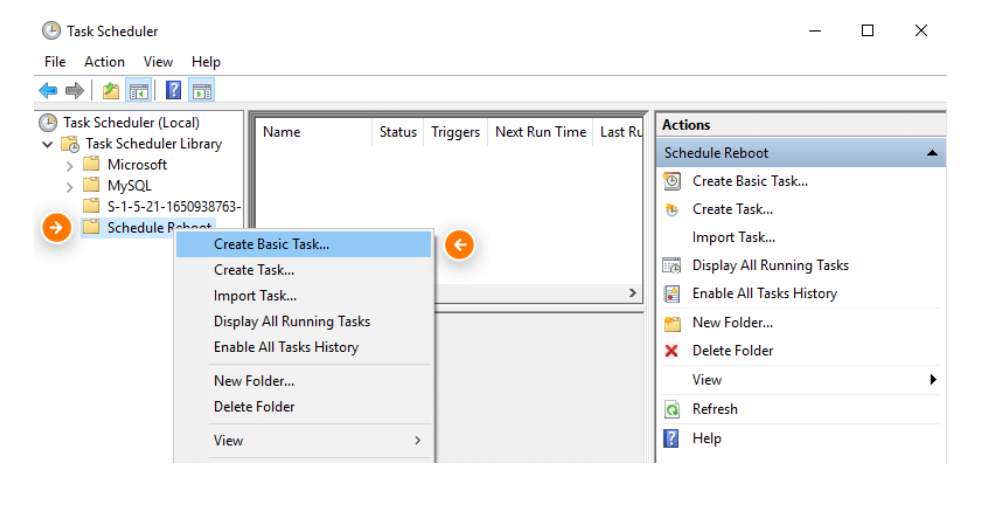
4. Name the Task: Enter a name like "Reboot" and click Next to continue.
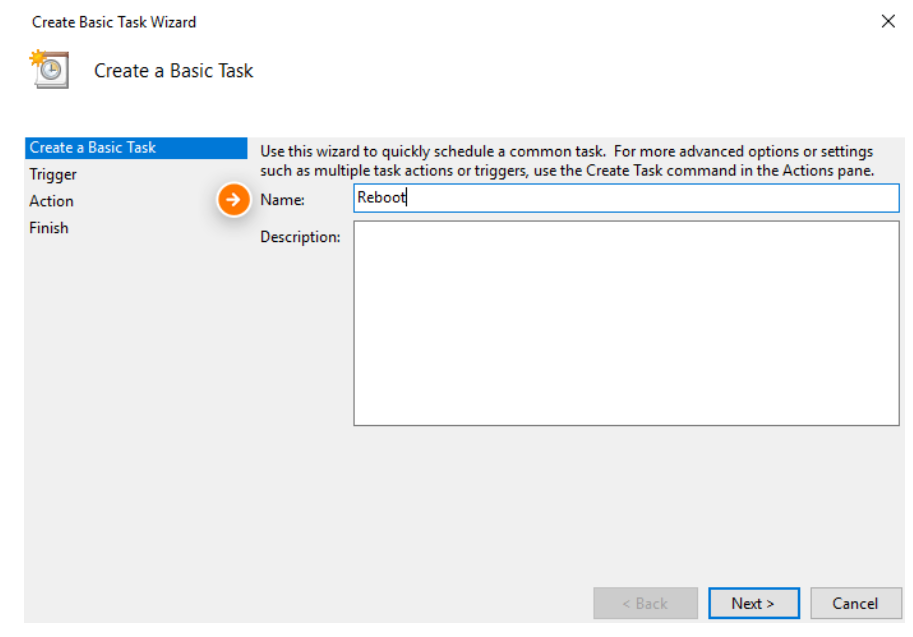
Step 3: Define the Task Trigger
1. Choose Frequency: Select how often you want the task to run. For regular reboots, it is recommended to choose Daily or Weekly depending on your needs, then click Next.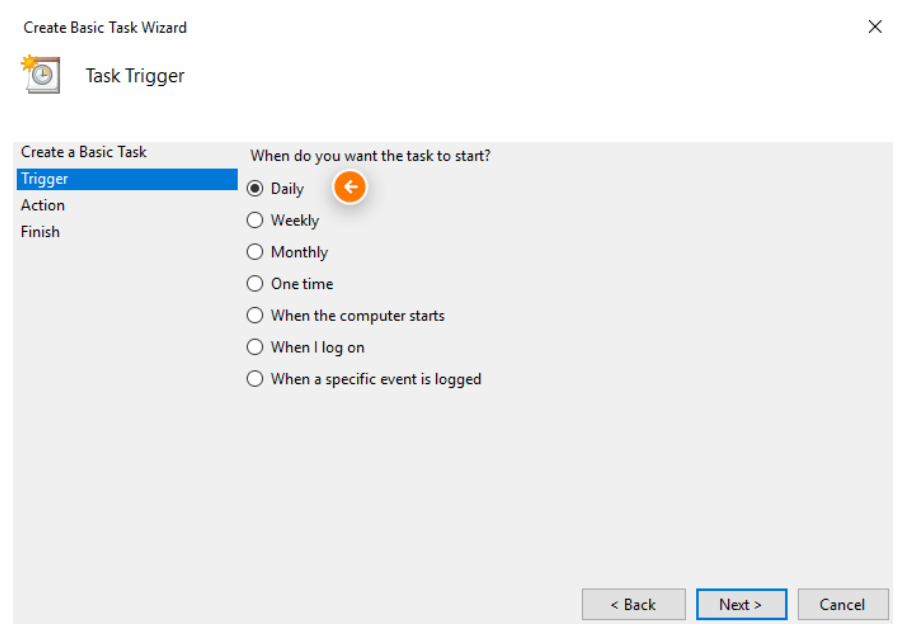
2. Set the Time: Specify the time for the reboot. Choose a time when the VPS is least likely to be in use (for example, late at night or early in the morning) to avoid disruptions.
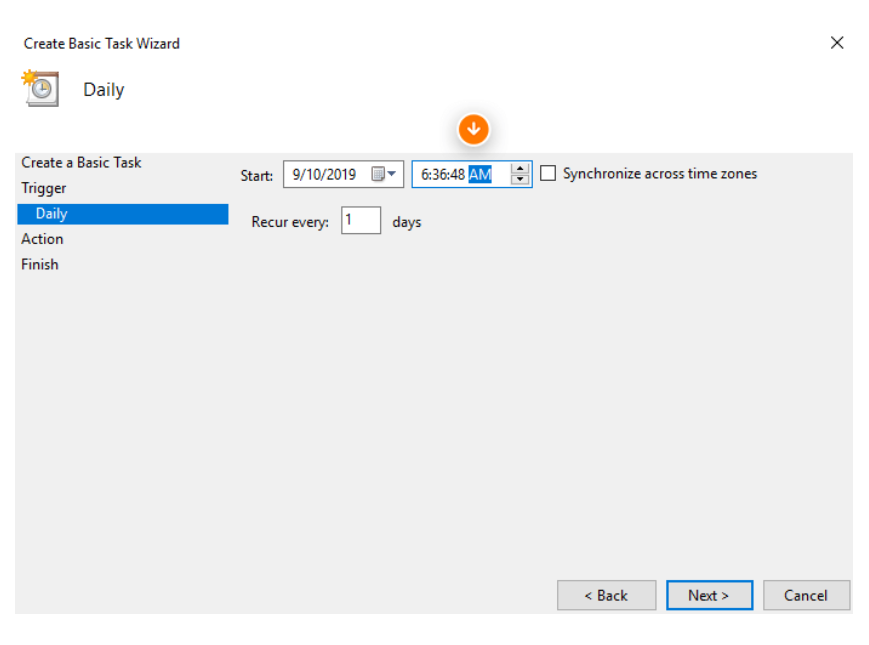
Step 4: Specify Task Action
1. Select Action: In the Action section, choose Start a program and click Next.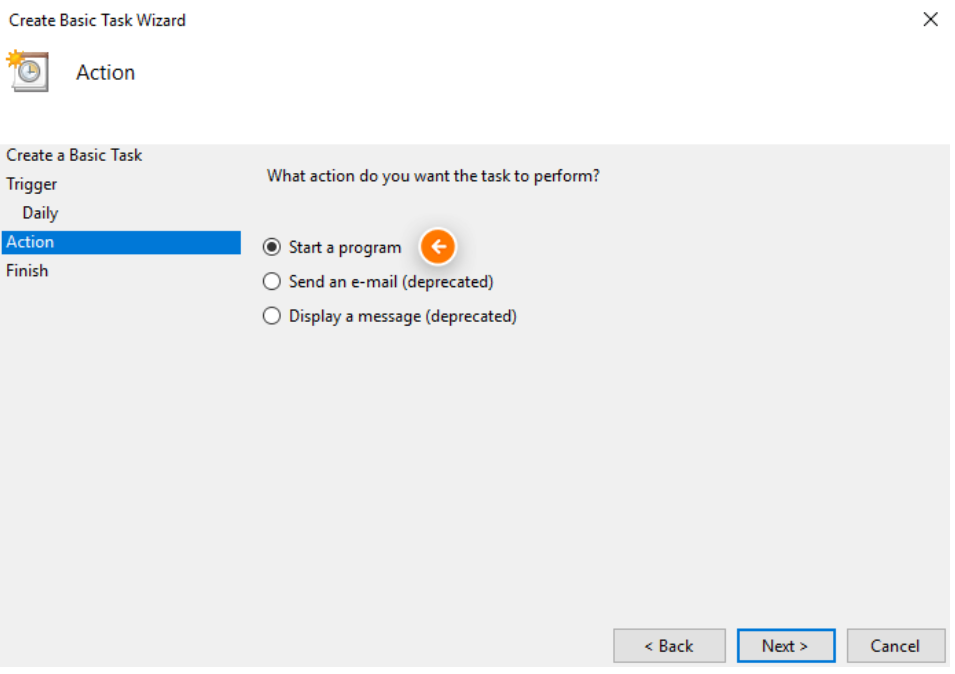
2. Enter Command: In the Program/script field, type `shutdown.exe`, and in the Add arguments field, type `/r /f /t 0`. This command ensures that the system will reboot immediately.
- `/r` - Restarts the system.
- `/f` - Forces applications to close without warning.
- `/t 0` - Specifies that the restart happens immediately.
Step 5: Review and Finish Setup
1. Review Settings: Check that all settings are correct, including the frequency and time.
2. Complete Setup: Click Finish to schedule the task. You may be asked for administrator permissions, so click Yes to confirm.
By following these steps, you have now successfully configured your Windows VPS to automatically restart at a scheduled time. This is beneficial for maintaining system stability, implementing updates efficiently, and avoiding issues that can arise from prolonged uptime.
This setup is especially important in professional environments or for remote work, where system reliability is critical.

